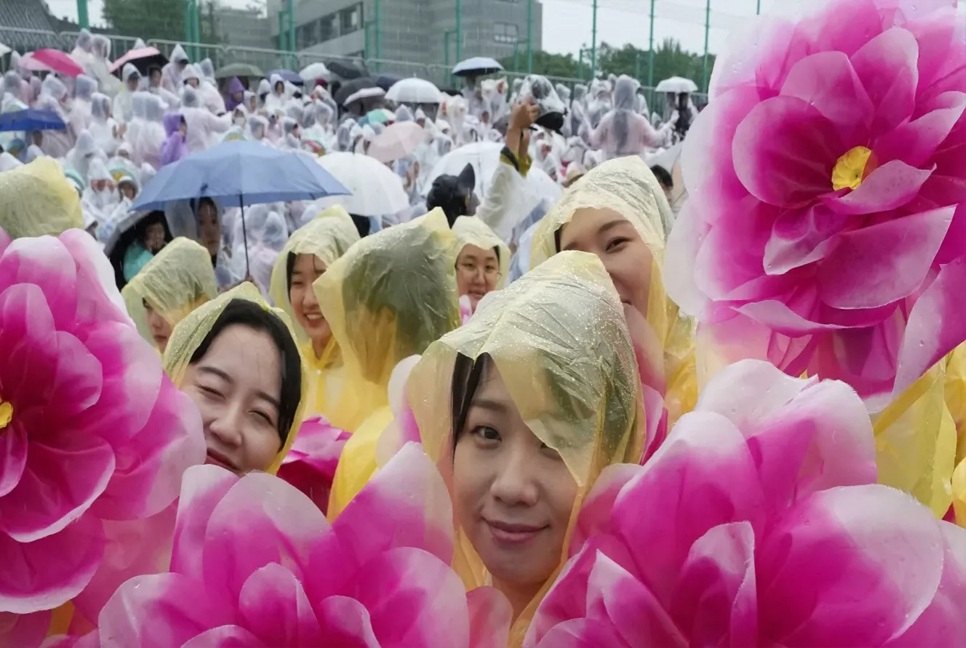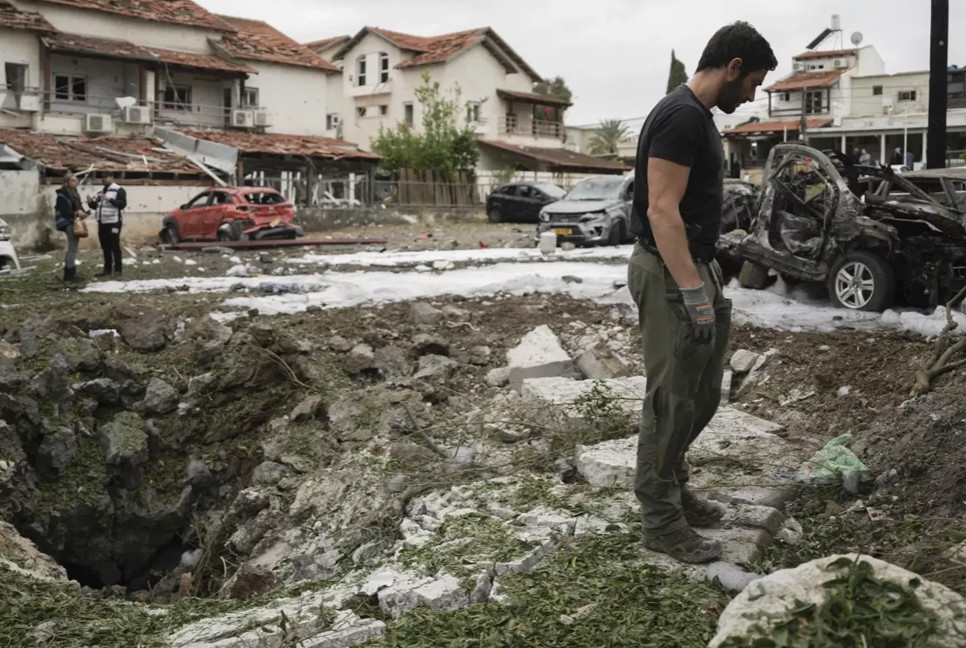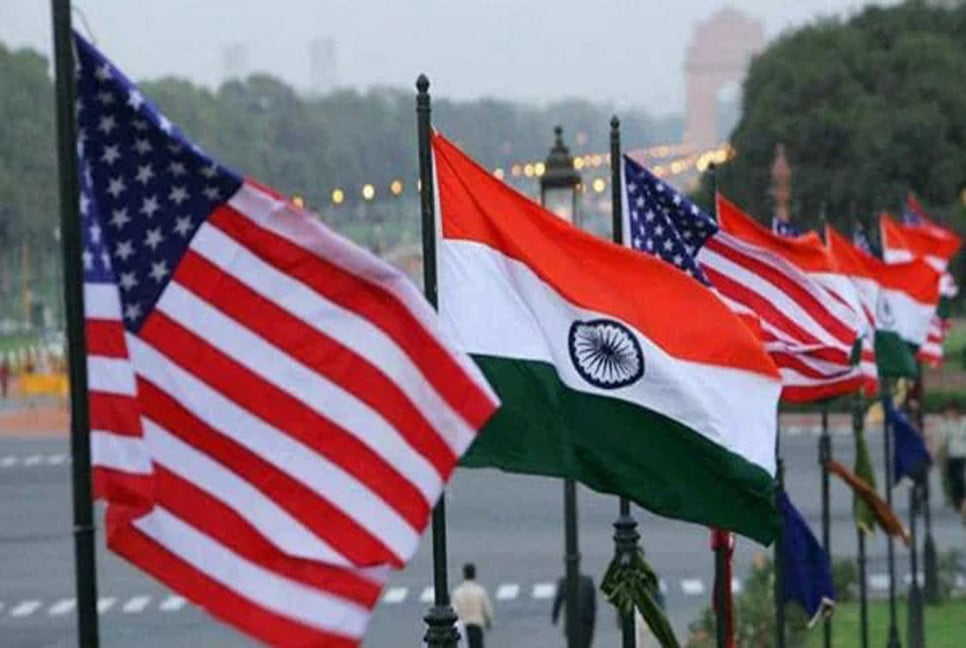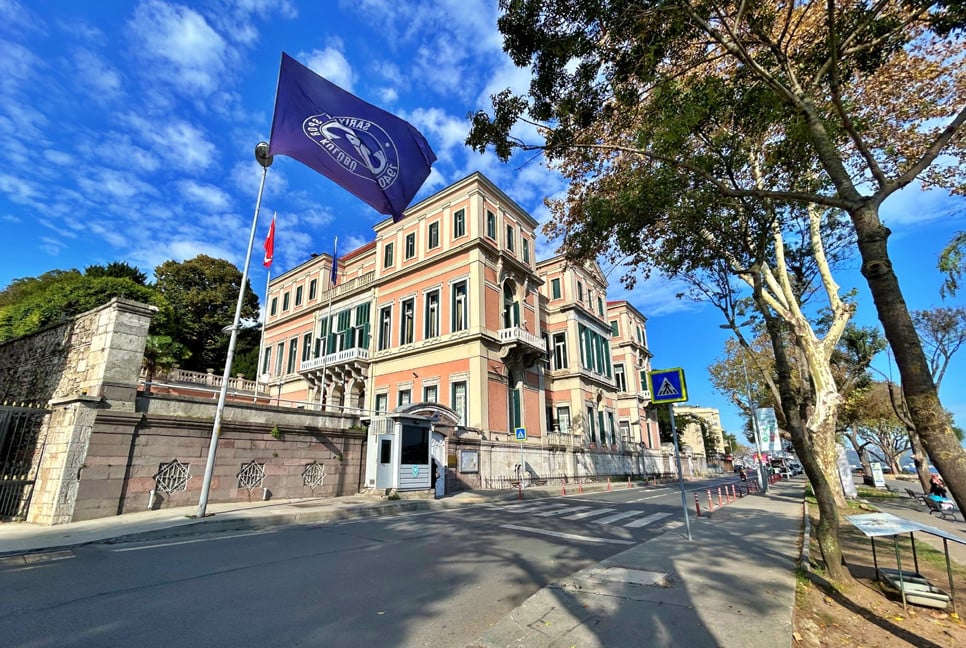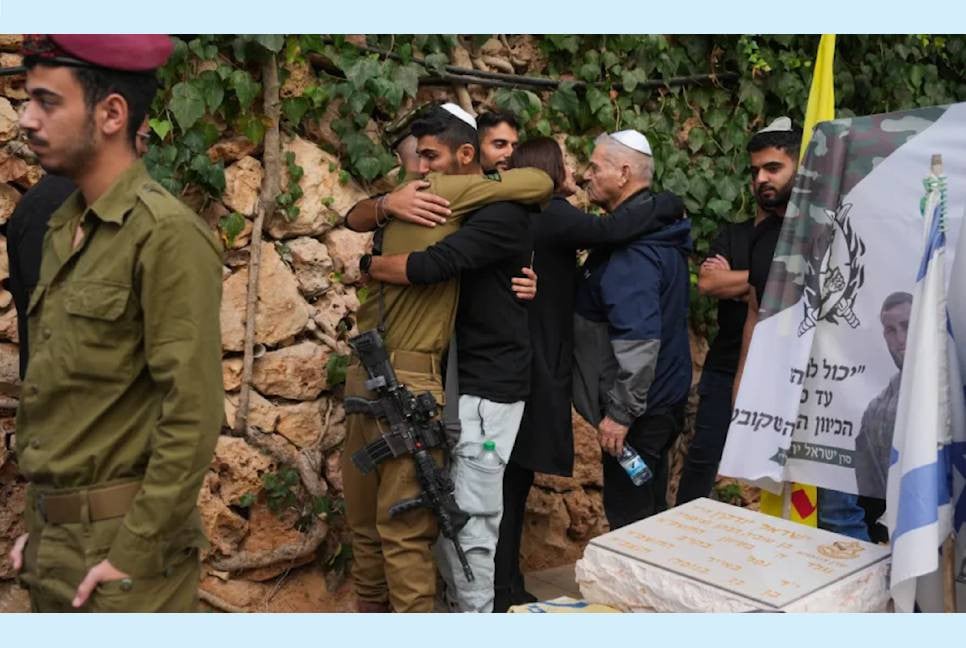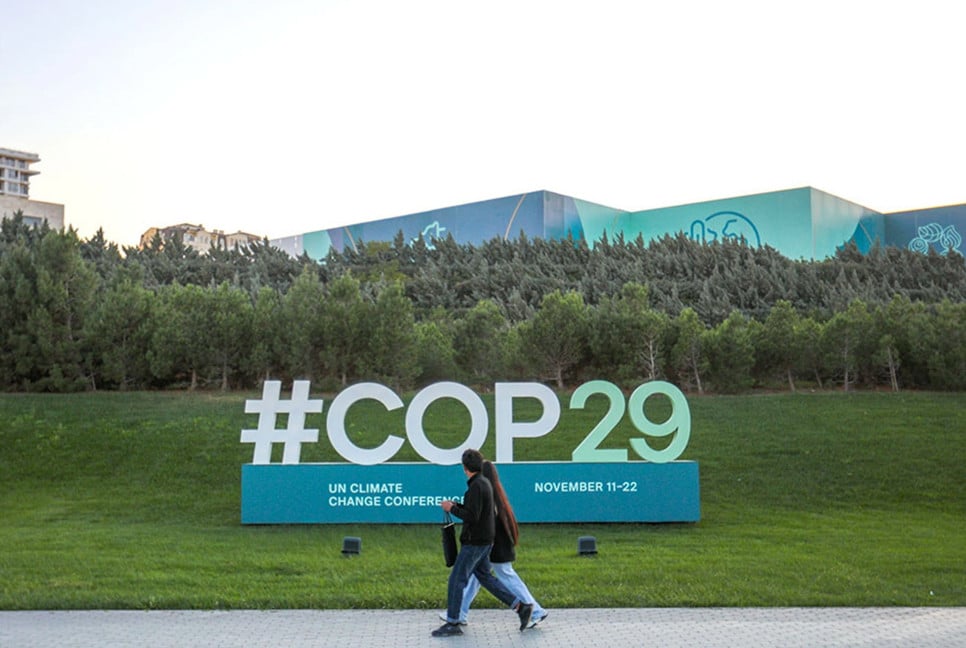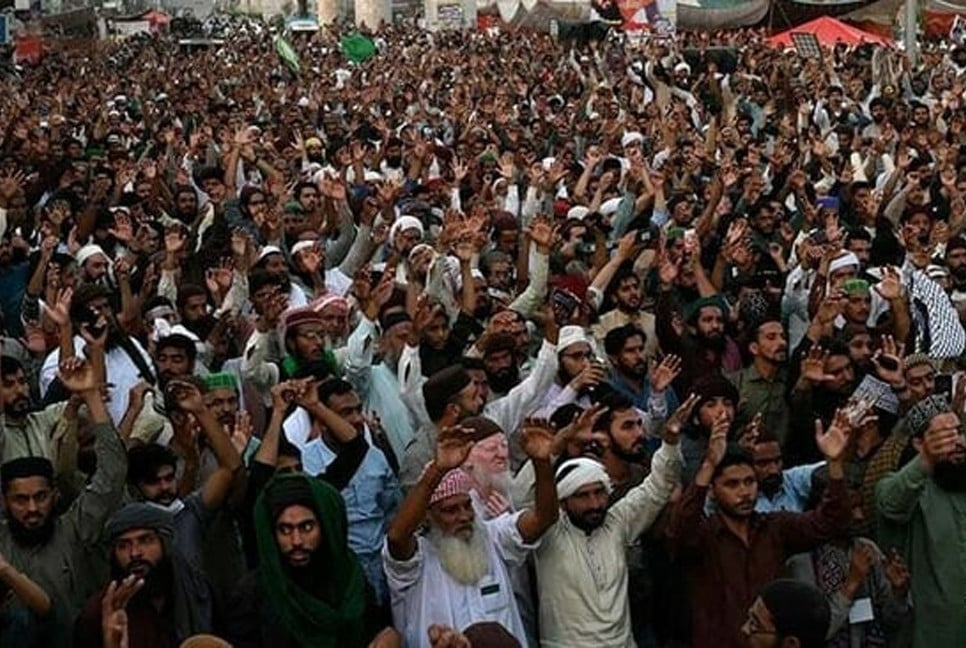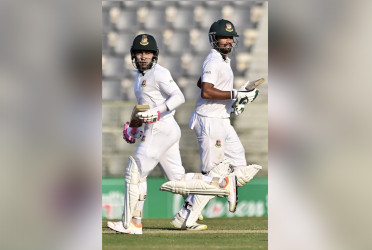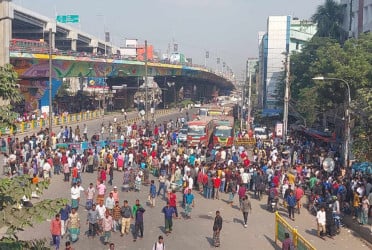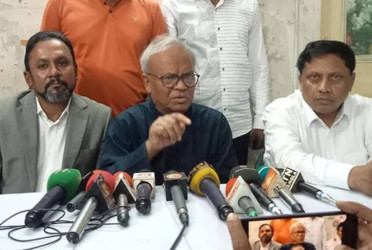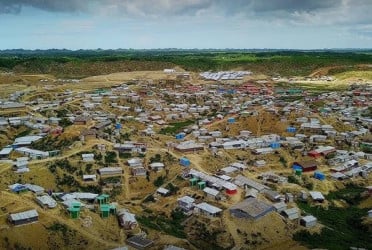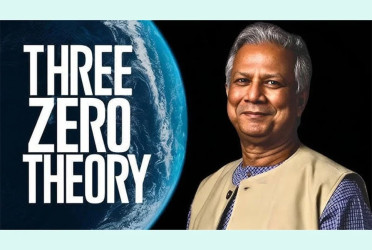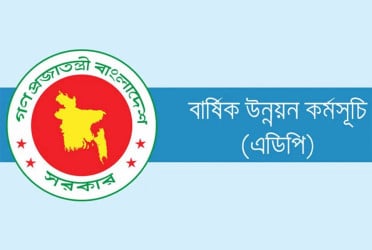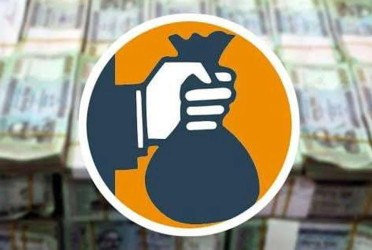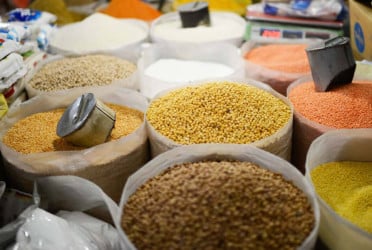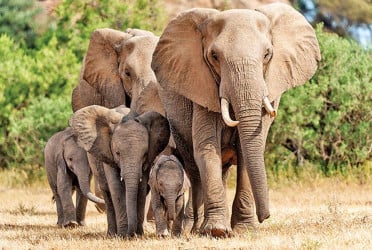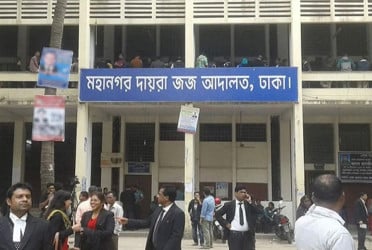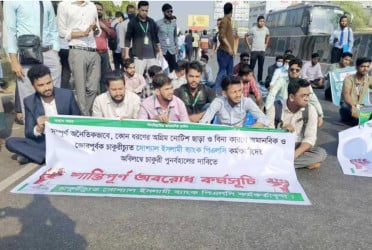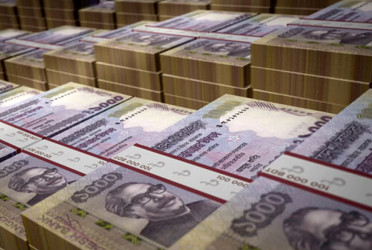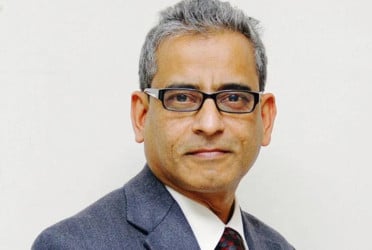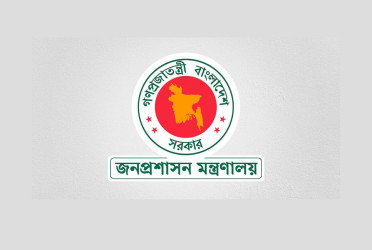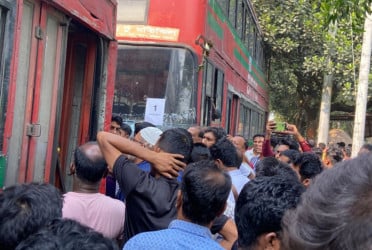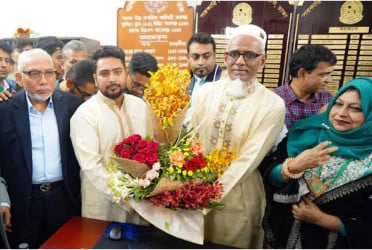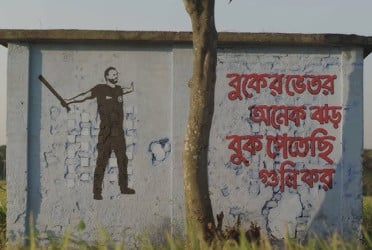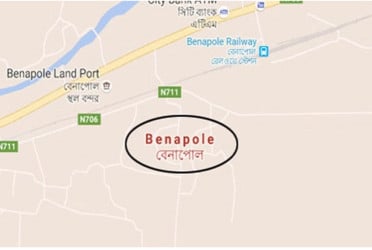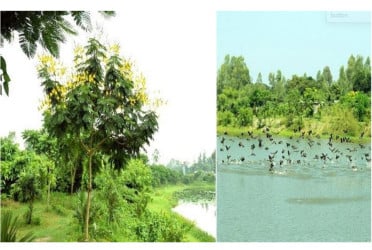A devotee knelt and gently touched his head on the dome of the Boudhanath Stupa, an iconic Buddhist monument in Kathmandu, as a mark of reverence on Thursday, which marks the birth of Buddha.
The birthday of Buddha is a holy occasion for all Buddhists, but is celebrated on different dates depending on the school of Buddhism or country to which one belongs.
In many parts of Asia, the sacred day marks not just the birth, but also the enlightenment and passing of Buddha. In most Asian cultures and the diaspora, Buddhists go to their local temples and participate in chanting, meditation and festivities all day. Families decorate their homes with lanterns and gather for feasts.
The highlight of the celebration in South Korea is the lotus lantern festival called Yeondeunghoe, a parade of thousands of colorful, lighted paper lanterns often shaped like lotus flowers that are hung in temples and streets of Seoul.
In Cambodia, novice monks wearing saffron robes joined elders seeking alms. Devotees gathered around the banyan tree, considered sacred, and watered it in Myanmar.
In India, the birthday of Buddha, also called Buddha Purnima, is marked as a national holiday, like in many other Asian countries.
At the headquarters of the Tibetan government-in-exile in Dharamshala, northern India, Tibetan Buddhist monks sat crossed-legs on the floor, chanting prayers as devotees stood in line to offer prayers.
In Ipoh, Malaysia, devotees unveiled a giant sacred “Thangka” canvas measuring 60 meters (197 feet) by 12 meters (39 feet) as devotees walked under it to receive blessings and to rejuvenate their spirits and minds.
Sri Lankan celebrants decorated homes and streets with candles and paper and bamboo lanterns. Festivities feature devotional songs and burning of incense.
And in Borabadur, monks released lanterns lighting up the night sky over the largest Buddhist temple in the world.
Bd pratidin English/Lutful Hoque

